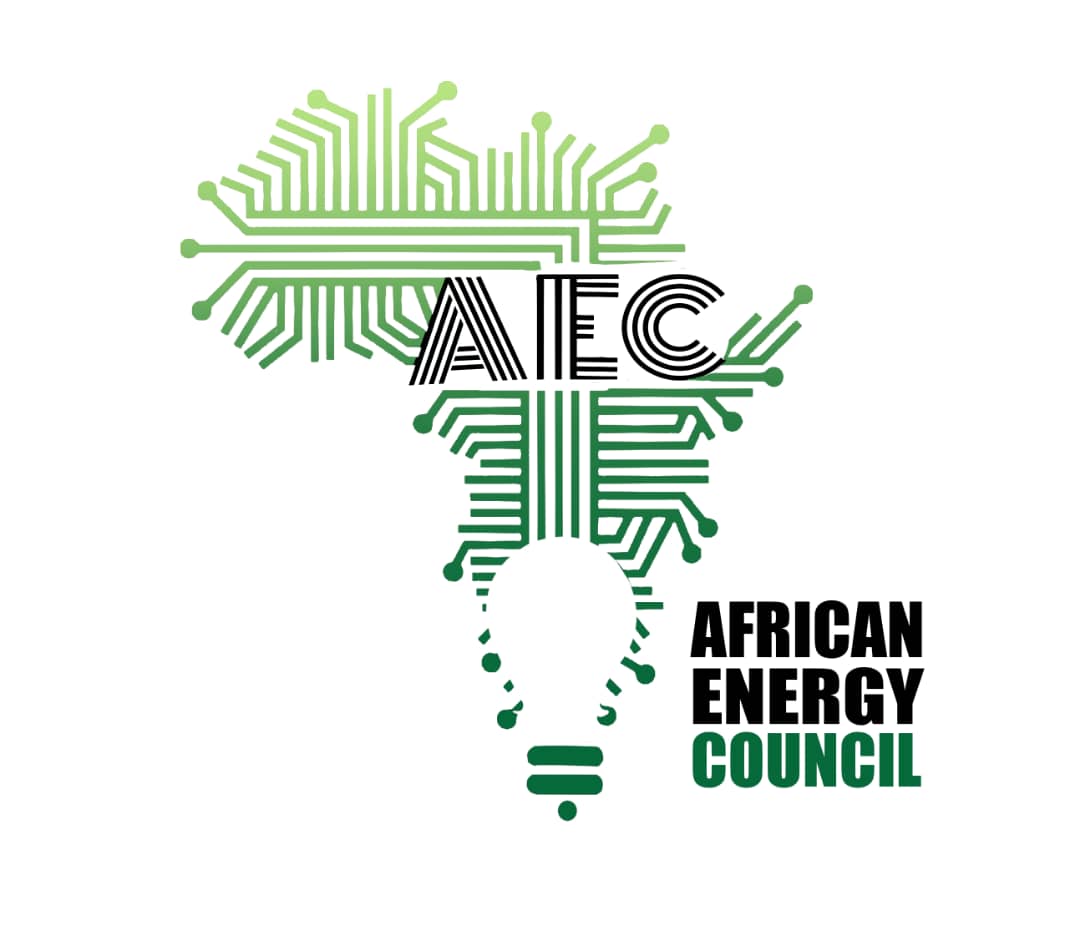In the past year, Namibia has witnessed significant advancements in its top hydrogen initiatives, along with the introduction of fresh developments. In November, the Namibia Green Hydrogen Institute teamed up with Germany’s Federal Institute for Materials Research and Testing to initiate a pilot project for green hydrogen production and a filling station near Walvis Bay. This pilot’s launch highlights Namibia’s dedication to establishing a green hydrogen value chain through partnerships with global entities. Additionally, various projects led by both the public and private sectors have progressed to further stages, attracting substantial investments and technical assistance.
Hyphen Hydrogen Energy, the developer of Namibia’s largest green hydrogen facility, located in the Tsau-Khaeb National Park, has recently undertaken a series of strategic initiatives to secure additional funding for project deployment. Last December, the company signed a deal with SDG Namibia One Fund, the country’s dedicated green hydrogen blended finance vehicle, to secure €23 million in capital. The financial backing, in exchange for a 24% stake in the $10 billion venture, is a crucial step in advancing the project.
Hyphen Hydrogen Energy has also partnered with the Development Bank of Southern Africa, securing a €5 million project preparation funding facility. Collaboration with Japan’s ITOCHU Corporation and engineering firm ILF Consulting has also enhanced the firm’s technical capabilities for successful project deployment. Once operational, the project will produce 350,000 tons of green hydrogen per year and generate 15,000 jobs during construction and 3,000 permanent positions, while contributing to GDP growth, energy security, and emissions reduction.
Last October, James Mnyupe, Presidential Advisor and Namibia’s Green Hydrogen Commissioner, issued an update on the status of Namibia’s Request for Proposals (RFPs) for conducting feasibility studies for the establishment of hydrogen valleys in Kharas, the Port of Walvis Bay, Windhoek, and Kunene. According to Mnyupe, the results of the RFPs are slated for release in early 2024. Constituting a significant component of the country’s Green Hydrogen Strategy and Green Industrialization Agenda, the planned hydrogen valleys are expected to position Namibia as a key producer of ammonia, synthetic fuels, and hot briquetted iron. The projects will help Namibia achieve its goal of creating 84,000 and 183,000 direct jobs in the hydrogen sector by 2030 and 2040, respectively.
Last September, France’s HDF Energy announced plans to develop a 1,400-ton-per-annum green hydrogen facility in Swakopmund. The facility, known as Renewable, will enhance the resilience of the national grid by providing on-demand dispatchable energy, load following, system protection, grid support, and system restoration. Construction of the facility is anticipated for 2024, with the firm having secured the European Investment Bank as a financing partner.
Namibia and the European Union (EU) strengthened their collaboration when Namibian President Hage Geingob and European Commission President Ursula von der Leyen approved a roadmap for the strategic partnership between the EU and Namibia. The EU committed €1 billion to support Namibia’s green hydrogen value chain, which includes developing infrastructure at the Port of Walvis Bay. In August, Namibia secured funding from Germany for four green hydrogen projects. Furthermore, Namibia partnered with the Netherlands to establish NH2 Fund Managers, aiming to raise and allocate funds for green hydrogen initiatives.

